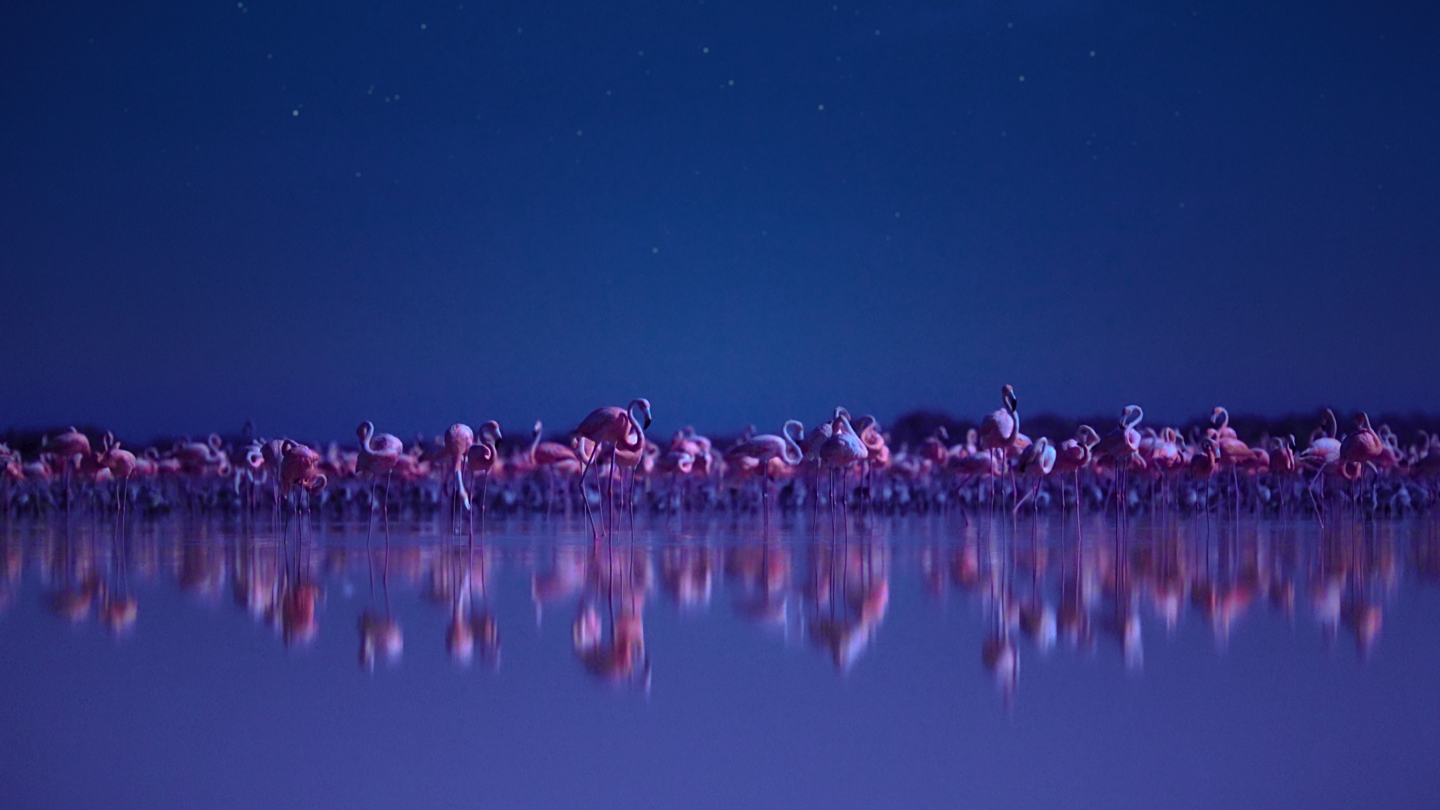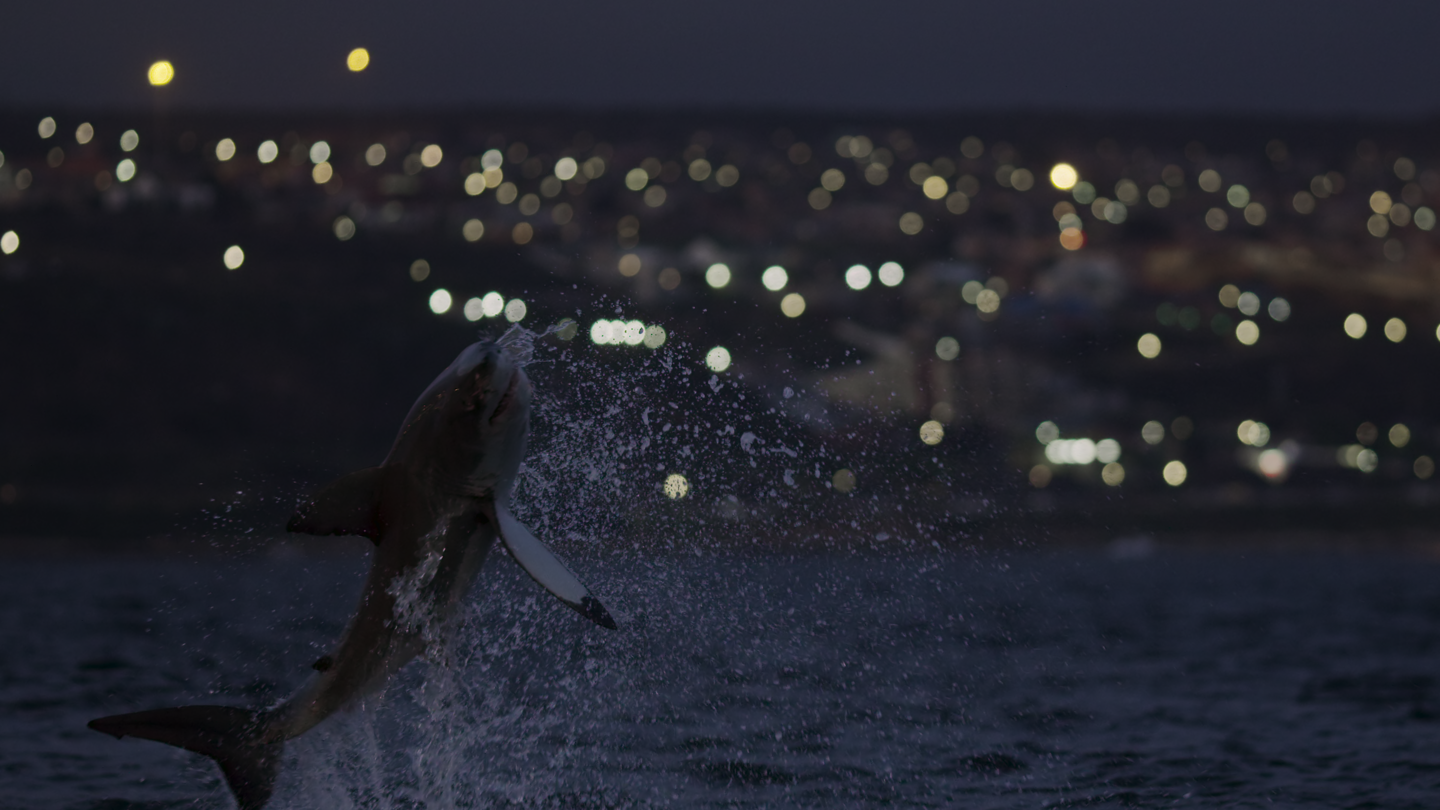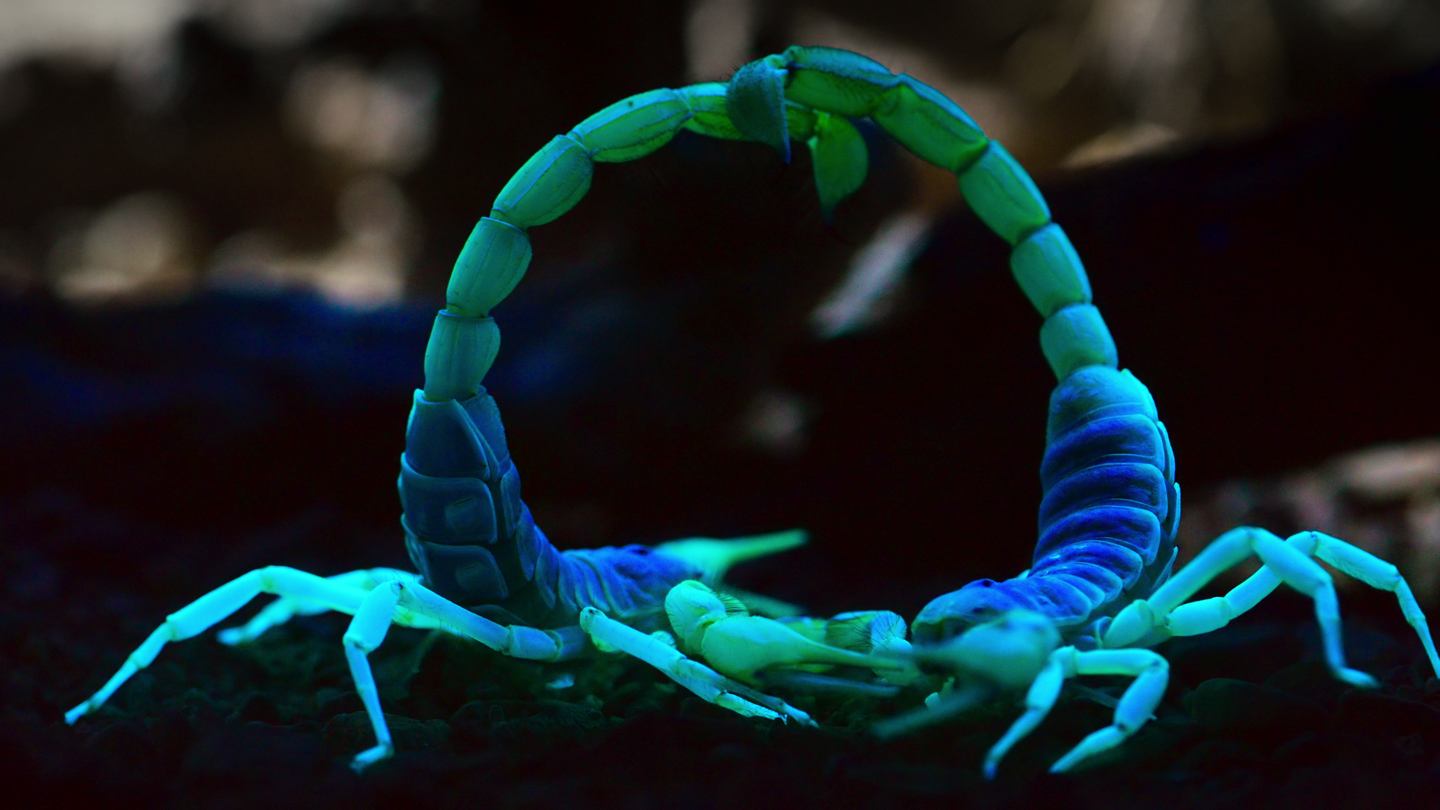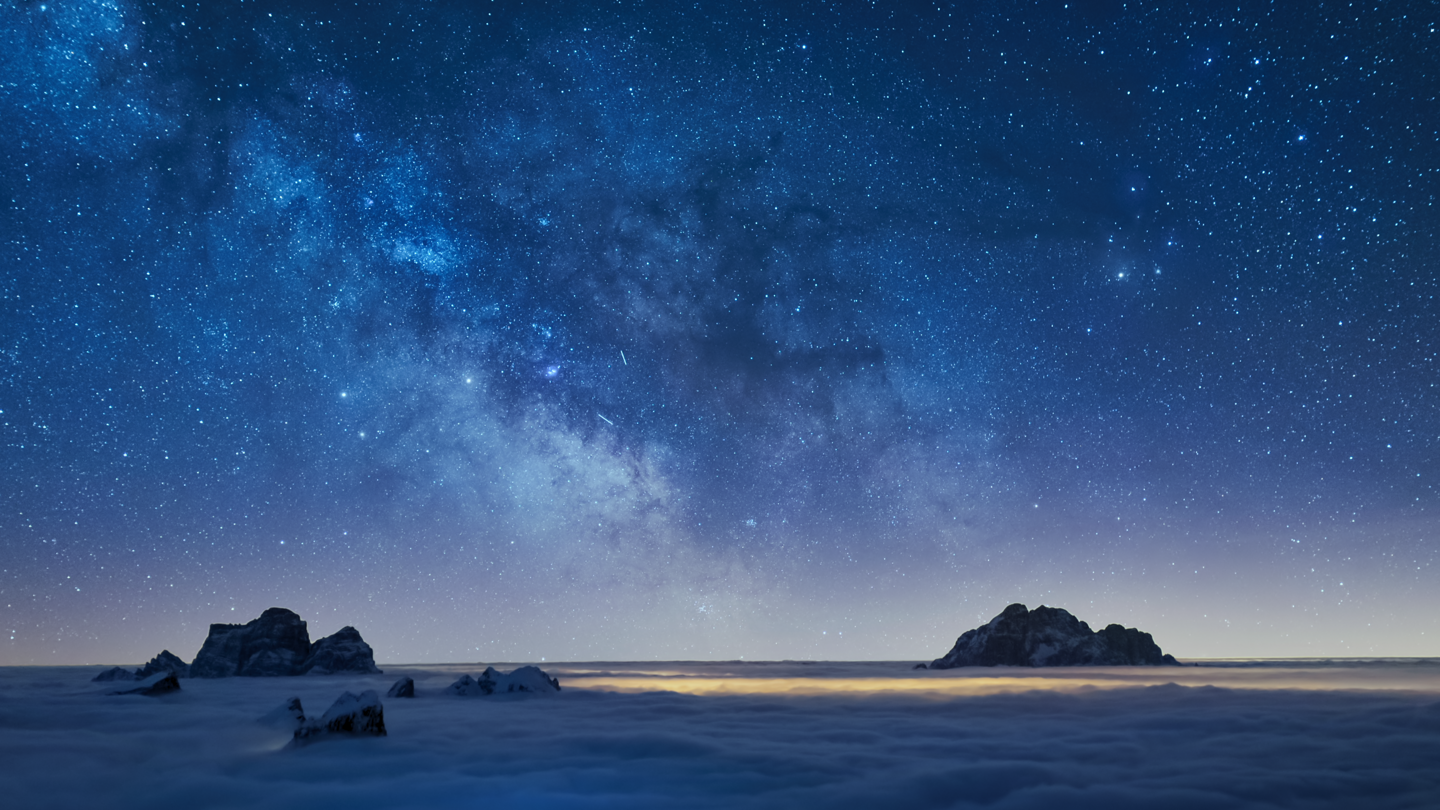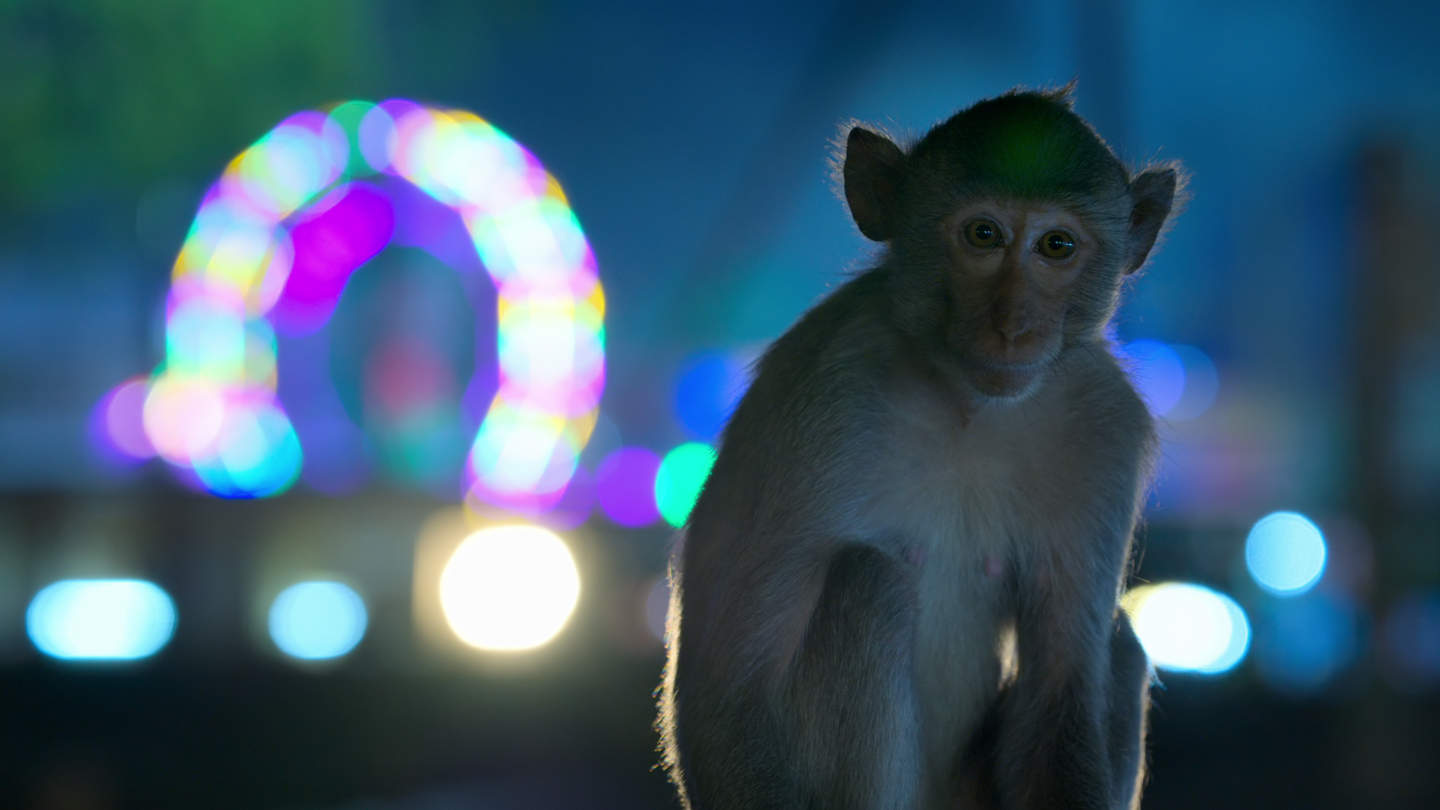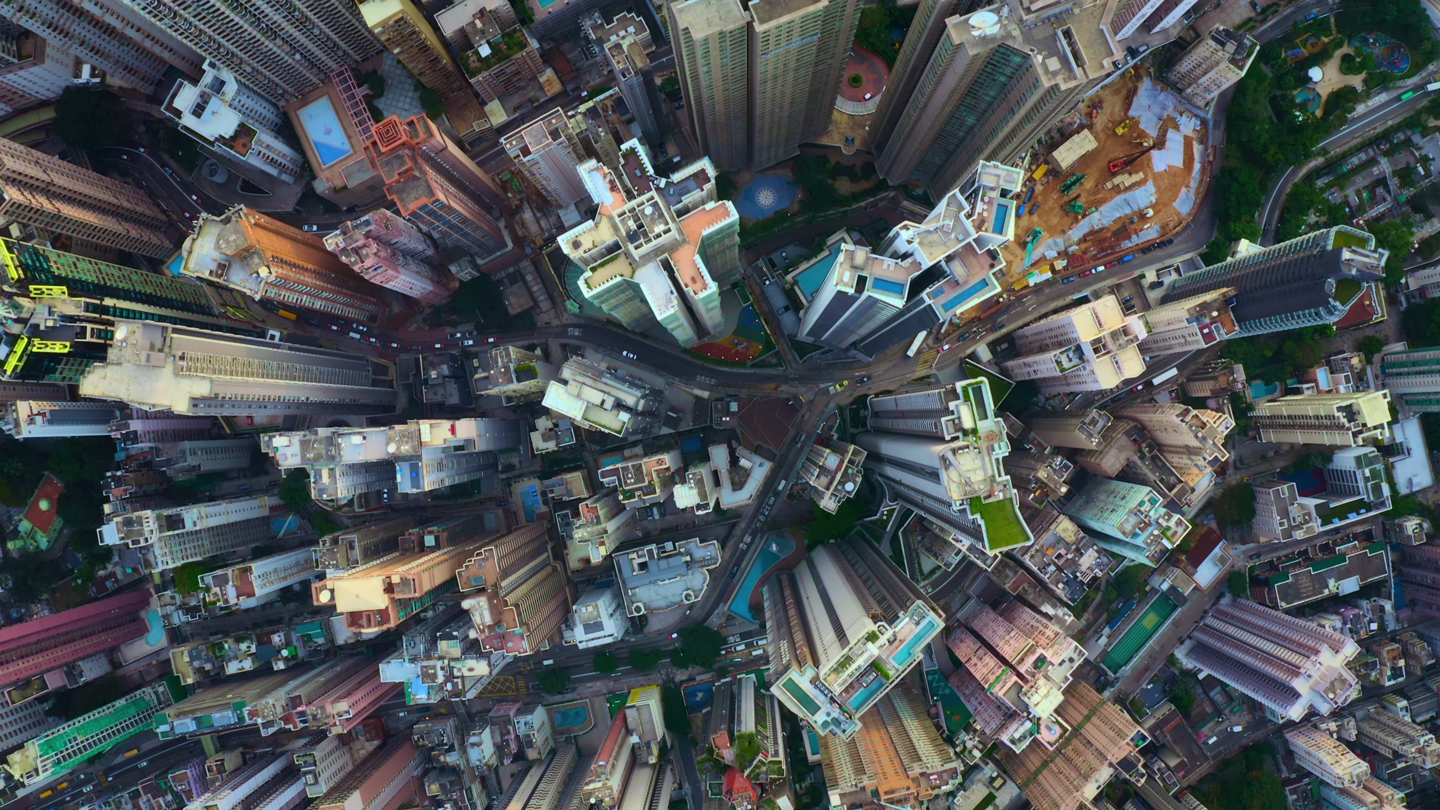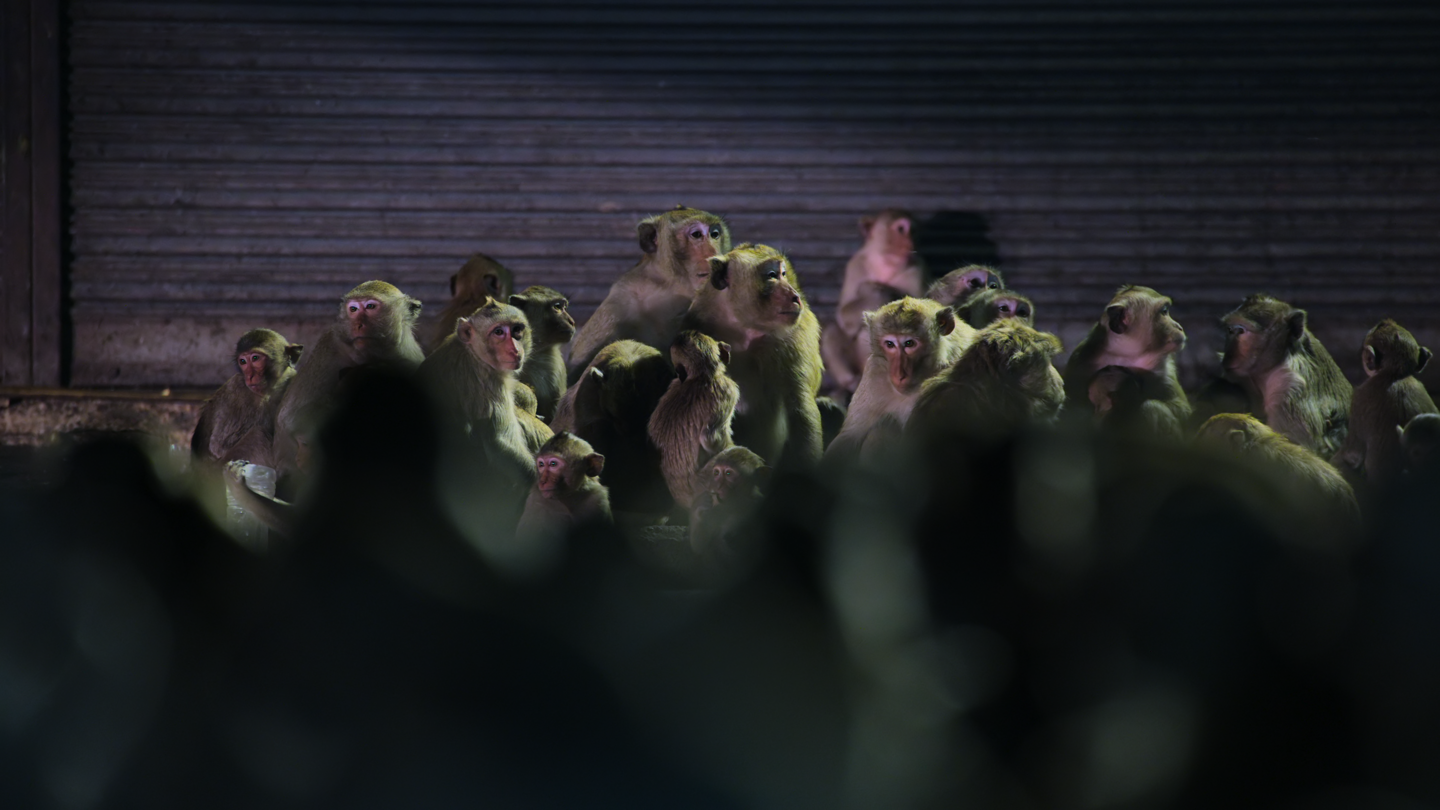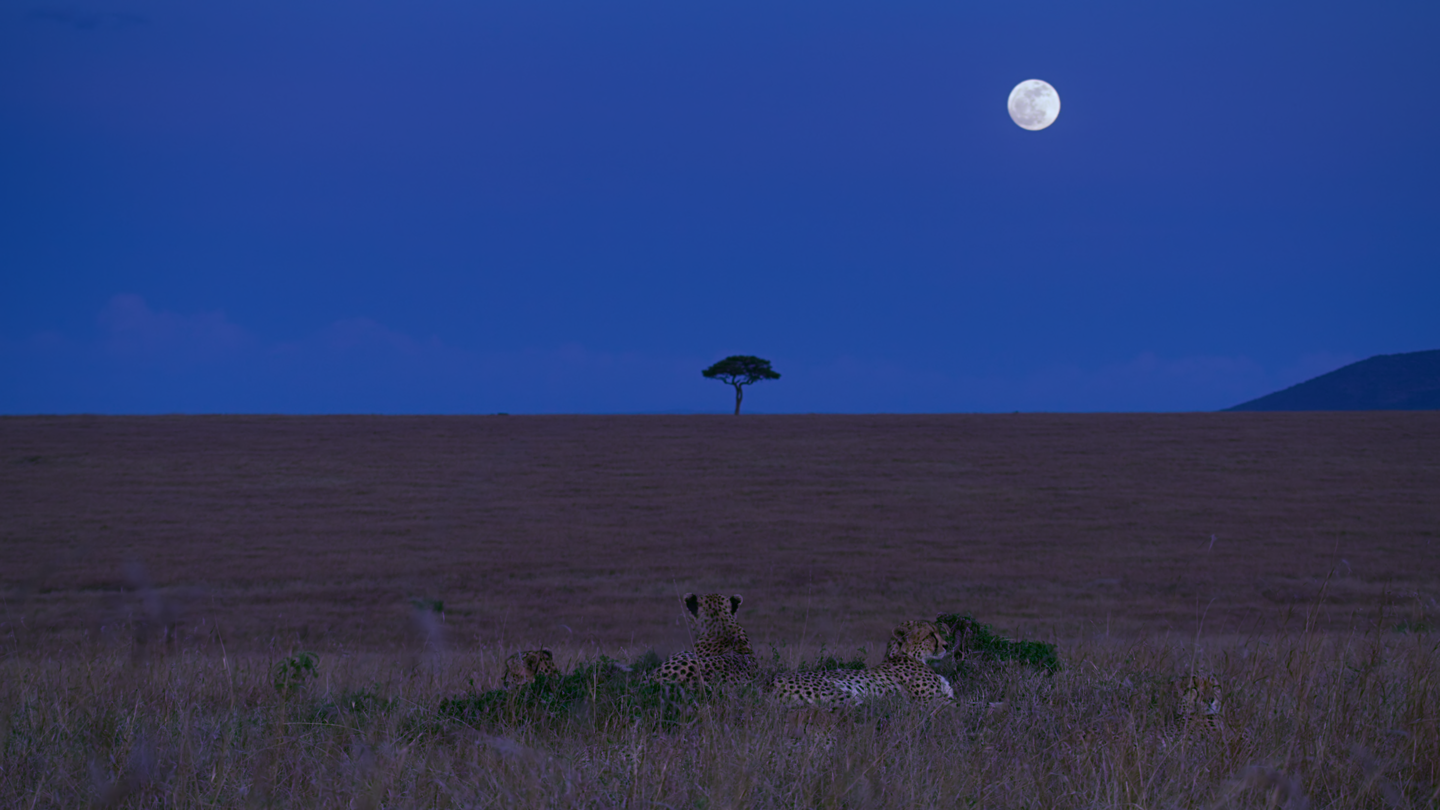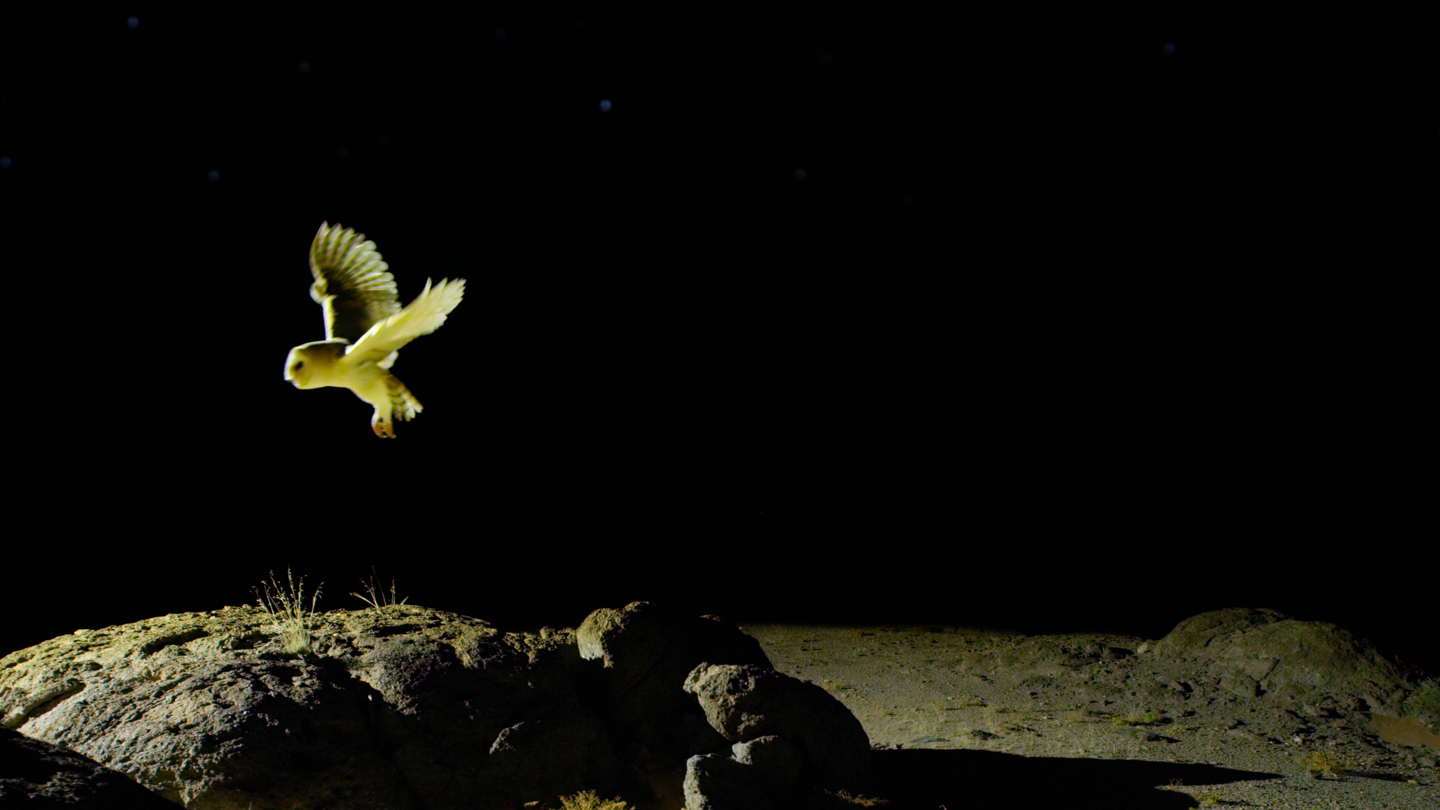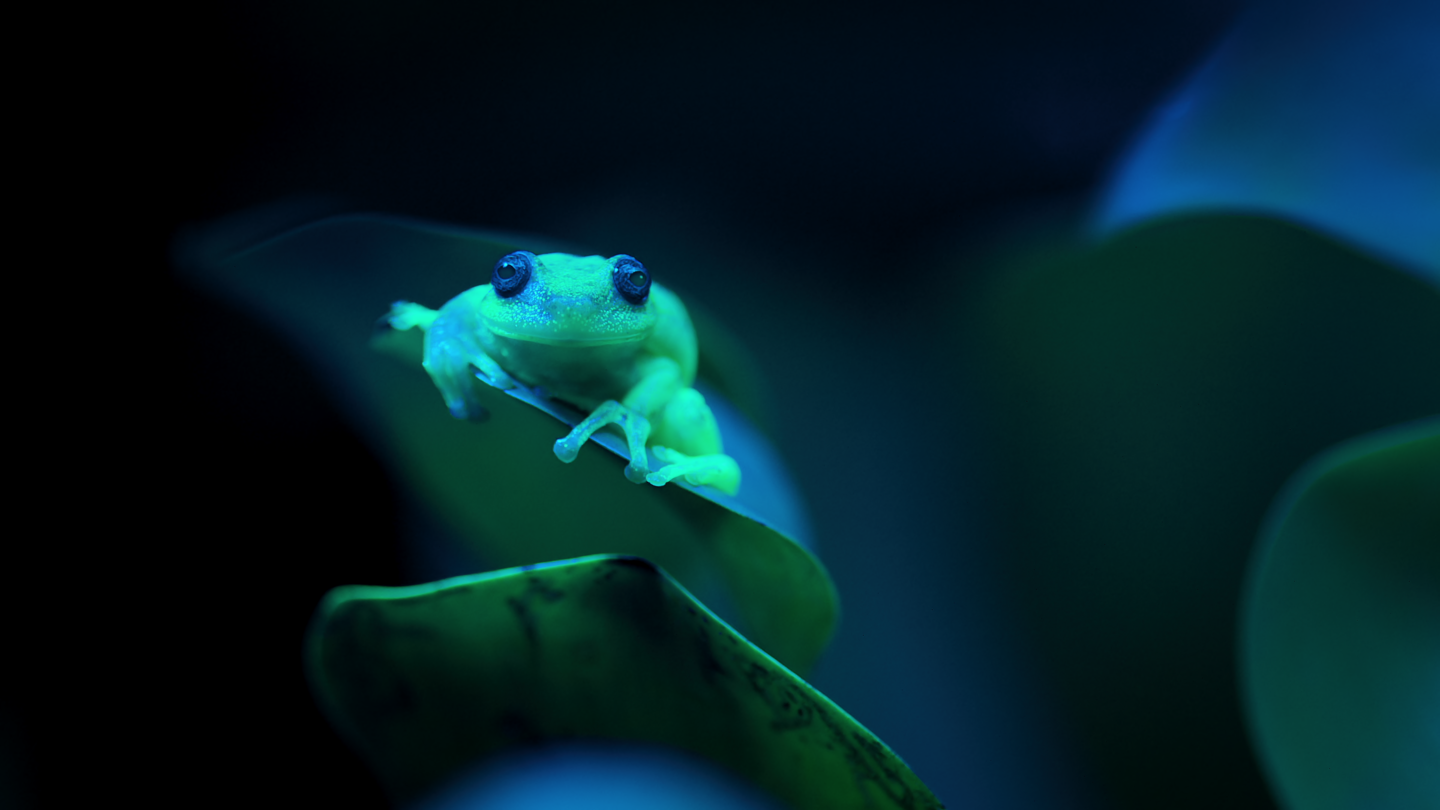Natural history television tells stories of a world without technology, using the most advanced technology available. From the first hand-held film cameras through colour TV and high definition, landmark series have showcased ever more detailed and revealing natural worlds.
Plimsoll Productions, natural history specialists from Bristol, saw the advent of low and ultra-low light cameras as a chance to once again push the boundaries – this time with colour photography at night. They sold the idea to Netflix for the streaming giant’s second original nature series, Night on Earth, which meant using Dolby Vision HDR and Dolby Atmos.
Natural history television tells stories of a world without technology, using the most advanced technology available. From the first hand-held film cameras through colour TV and high definition, landmark series have showcased ever more detailed and revealing natural worlds.
Plimsoll Productions, natural history specialists from Bristol, saw the advent of low and ultra-low light cameras as a chance to once again push the boundaries – this time with colour photography at night. They sold the idea to Netflix for the streaming giant’s second original nature series, Night on Earth, which meant using Dolby Vision HDR and Dolby Atmos.

